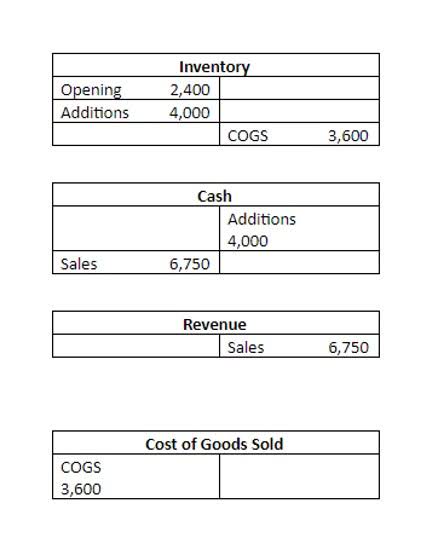
And as the nature of transactions is low volume and assumed to be low risk, most organizations tend to keep accounts payable paper-based or within legacy software. Increasingly, large firms are using specialized Accounts Payable automation solutions to automate the paper and manual elements of processing an organization’s invoices4. Although these terms are used interchangeably, they are trial balance slightly different scenarios.
- Many people, even those in other finance roles, are not aware of all the tasks involved in managing a smooth Accounts payable process.
- Despite the two terms being used interchangeably, trade payables and accounts payable do not have the same meaning.
- This ensures that invoices are processed accurately and that vendor payments are legitimate.
- And with exchange rates constantly fluctuating, paying the incorrect amount is all too easy.
- The Income Statement AKA Profit and Loss Statement is the second of the two common financial statements.
Accounts payable turnover ratio
The cost above is only in terms of money, it’s essential not to discount the time employees spend writing, mailing, collecting and reconciling checks. Train your team members on how to use the platform effectively so that they can take full advantage of its features. You can send additional scores—or send scores for the first time if you haven’t sent any yet. Use our tool to see which AP courses can help you on the path to specific careers or college majors.
- Additionally, AP software solutions offer features like digital document handling, invoice management, and purchase order alignment, further enhancing the AP operations.
- However, printing invoices can result in duplicate payments, which means you accidentally pay twice for the same service.
- The general ledger (GL or G/L) is the master account containing all ledger accounts.
- Recording accounts payable accurately is essential to ensure a company’s financial statements provide a true representation of its financial obligations.
- Buyers who remit the amount owed within 10 days may get a 2% discount on the amount owed.
- Execution Management combines Automation, Process Mining and technologies such as artificial intelligence and machine learning into a single platform, an Execution Management System (EMS).
Key Takeaways

Forward-thinking companies are the exception to the rule — they’ve introduced accounts payable (AP) automation in order to transform paper into electronic payments and streamline their payment processes. Small expenses such as miscellaneous postage, out-of-pocket office supplies or company meeting lunch are handled as petty cash. AP often handles a supply of sales tax exemption certificates issued to managers to ensure qualifying business purchases don’t include sales tax expenses. Cash Flow is the term that describes the inflow and outflow of cash in a business. AP works closely with finance teams on reporting, month-end close, and procurement on vendor management and purchase orders. Cross-functional roles and job titles ensure more alignment, efficiency, and data transparency.

Important skills needed for accounts payable teams

This meticulous recording in accounts payable ensures compliance with accounting standards and provides transparency and accuracy in a business’s finances. It also serves as a core step in maintaining robust financial management practices and facilitates informed decision-making by stakeholders. Organizations, in turn, https://www.bookstime.com/articles/what-is-ap-automation gain more control over outgoing cash and can even transform AP from a cost center to a profit center. On the other hand, a negative number indicates that your business is not profitable, so you need to limit expenses to avoid being in the red. To gauge the profitability of your business, determine the total of your assets and accounts receivable.
Enhanced transparency into liabilities and payment timelines also improves cash flow forecasting. A journal entry in accounts payable functions as a record ap contact meaning of a debt your company incurs when purchasing goods or services on credit. This debit entry reduces the amount owed to the vendor, reflecting the payment made to settle the outstanding liability. Also known as invoice processing, invoice management is the process by which organizations track and pay vendor invoices. This process involves invoice capture, validation, payment, and recording the payment in the company’s ERP or accounting system. When bookkeeping and recording in accounts payable, there must always be an offsetting debit and credit for all entries.

